Retro Replay Review
Gameplay
Mobility: A City in Motion puts you at the helm of a growing metropolis, but unlike many city-builders, the spotlight is firmly on public transportation. You begin with an empty plot of land, zoning areas for residential, commercial, and industrial use much like in classic titles such as Sim City or SimCity 2000. However, the core challenge is not simply to fill your city with buildings, but to orchestrate the daily ebb and flow of citizens from home to work, shopping, and leisure, all without gridlocks or excessive pollution.
(HEY YOU!! We hope you enjoy! We try not to run ads. So basically, this is a very expensive hobby running this site. Please consider joining us for updates, forums, and more. Network w/ us to make some cash or friends while retro gaming, and you can win some free retro games for posting. Okay, carry on 👍)
To achieve this, you have a robust toolkit at your disposal: traffic signs, speed limits, priority rules at intersections, and planning an efficient network of bus routes. As your city grows, you unlock advanced transit options—urban rail lines, dedicated tramways, and clever “park and ride” hubs that entice drivers to switch to mass transit. Every mode you add must balance cost, coverage, and ridership, making each decision feel both strategic and impactful.
On top of day-to-day planning, Mobility introduces a research system that drives long-term improvement. You can invest in emission reduction technologies, fuel-efficient or alternative-fuel vehicles, and even teleworking initiatives to lower peak-hour traffic. Adjusting taxes and fines—rewarding electric car drivers or imposing surcharges on heavy polluters—gives you fine-tuned control over citizen behavior and quality of life.
Finally, Mobility offers two distinct modes: Normal Mode, which enforces budget limits and performance ratings, and Master Mode, where you can experiment without fiscal or evaluative constraints. Master Mode even lets you tweak simulation parameters to study traffic flow or pollution patterns in real time. Additionally, a series of scenario challenges task you with solving specific urban puzzles under unique constraints, adding structured goals to an otherwise open sandbox.
Graphics
From a visual standpoint, Mobility feels immediately familiar if you’ve ever played the Sim City series. The isometric city view is crisp and detailed, with distinct building models for different density zones and animated vehicles that traverse your roads and rails. Zooming in reveals pedestrians, cars, and buses moving through lively neighborhoods, giving your city a sense of scale and realism.
The UI overlays—such as traffic density heat maps, pollution indicators, and service coverage rings—are clear and color-coded, ensuring you can diagnose problems at a glance. Information panels pop up when you click on a road segment or transit line, showing passenger counts, average speeds, and emissions data, making it easy to spot bottlenecks or underperforming routes.
Environmental effects play a key visual role: smog accumulates above congested streets, and green spaces look especially vibrant when pollution drops. When you implement an electric bus fleet or pedestrianize a district, the graphical feedback is immediate—you’ll see cleaner air icons and happier citizen clusters, reinforcing the sense that your policies truly shape the urban environment.
Story
Mobility doesn’t follow a traditional narrative with characters or plot twists; instead, it weaves its story through emergent gameplay and scenario challenges. Each district you zone, each bus line you launch, and each tax policy you tweak contributes to a dynamic, evolving urban saga. Your city’s history unfolds in traffic reports, demographic shifts, and environmental metrics.
The included scenarios provide bite-sized story arcs: a once-pristine resort town grappling with summer traffic, or an industrial hub struggling with smog. These missions guide you toward clear objectives—reduce commute times by 25%, lower carbon emissions city-wide, or boost ridership on a new tram line—presenting engaging story-like goals within the sandbox framework.
Ultimately, the narrative you experience is highly personalized. One playthrough might become a tale of transit innovation and record ridership, while another turns into a cautionary epic of unchecked car use and chronic gridlock. Mobility’s storytelling power rests in its systems, allowing players to craft their own urban legends.
Overall Experience
Mobility: A City in Motion excels at carving out a unique niche in the city-builder genre by making transportation planning the hero of the show. Its depth—spanning zoning, traffic management, public transit design, and sustainability research—offers rich strategic gameplay for enthusiasts who love fine-tuning systems and studying data. The blend of open-ended city creation with scenario targets keeps both sandbox lovers and goal-driven players engaged.
Beginners may find the learning curve steep, especially when juggling complex transit networks alongside budget constraints and pollution metrics. However, the dual-mode design means you can start in Master Mode to experiment freely, then graduate to Normal Mode once you’ve mastered the fundamentals. Tooltips and visual overlays help ease new players into advanced concepts, making the game approachable without sacrificing depth.
Graphically reminiscent of the beloved Sim City series yet focused on a modern urban challenge, Mobility delivers an experience that feels both nostalgic and refreshingly innovative. Whether you’re a city-building veteran or a transportation enthusiast, this game empowers you to design smarter, greener cities and tells a compelling story through the pulse of daily commutes. If you’ve ever dreamed of reshaping urban life—one bus route, rail line, or tax incentive at a time—Mobility: A City in Motion is a journey worth taking.
 Retro Replay Retro Replay gaming reviews, news, emulation, geek stuff and more!
Retro Replay Retro Replay gaming reviews, news, emulation, geek stuff and more!

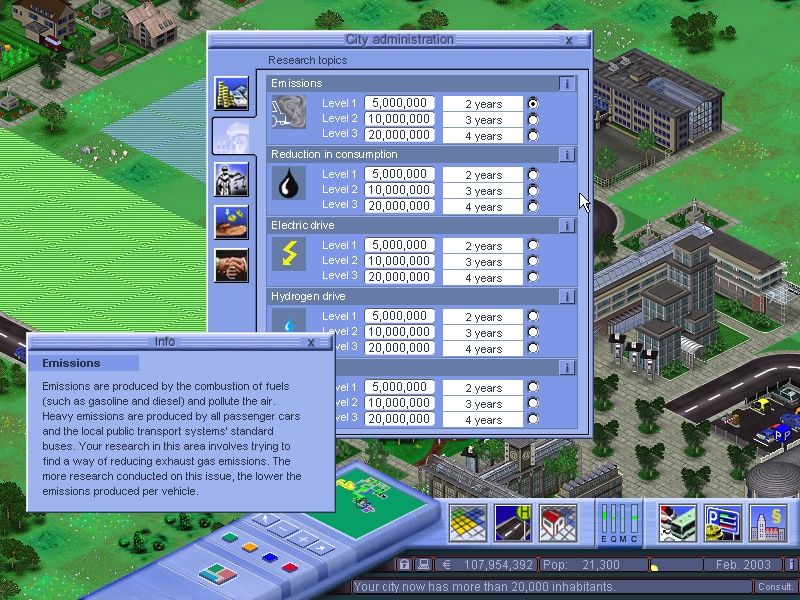
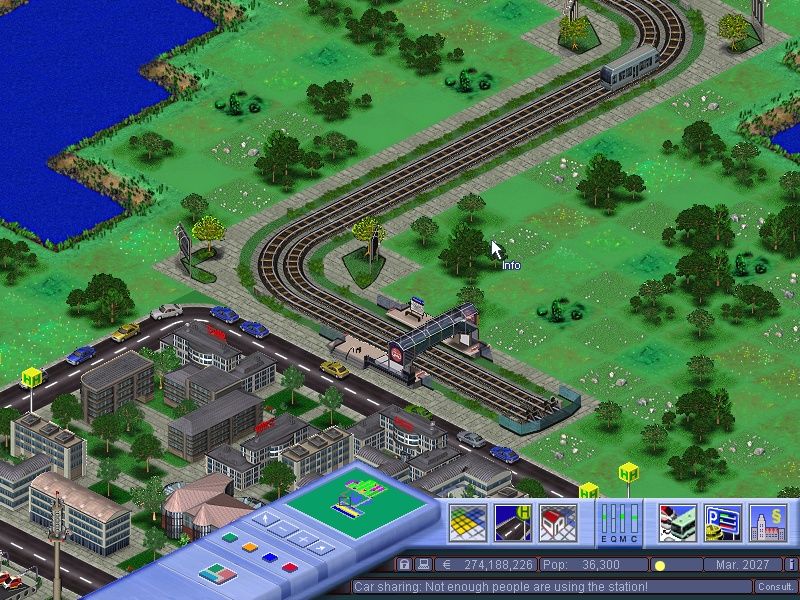
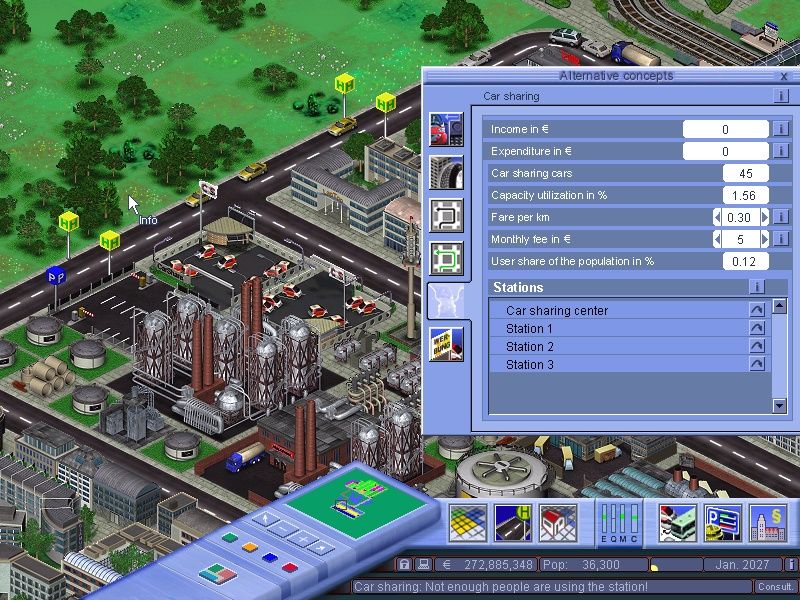
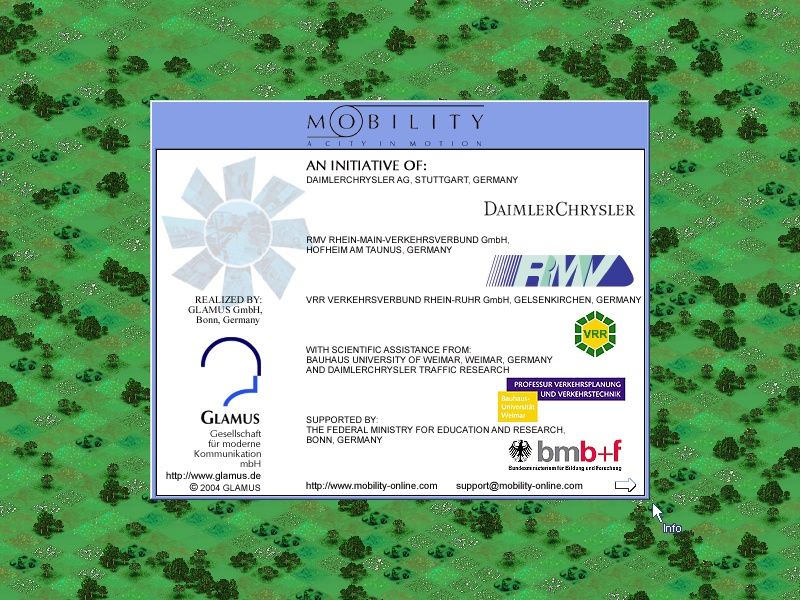
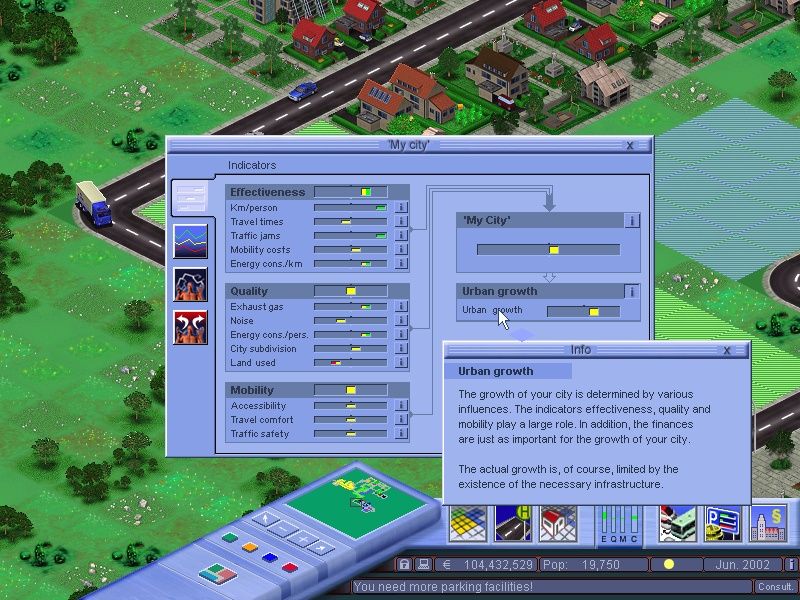



Reviews
There are no reviews yet.